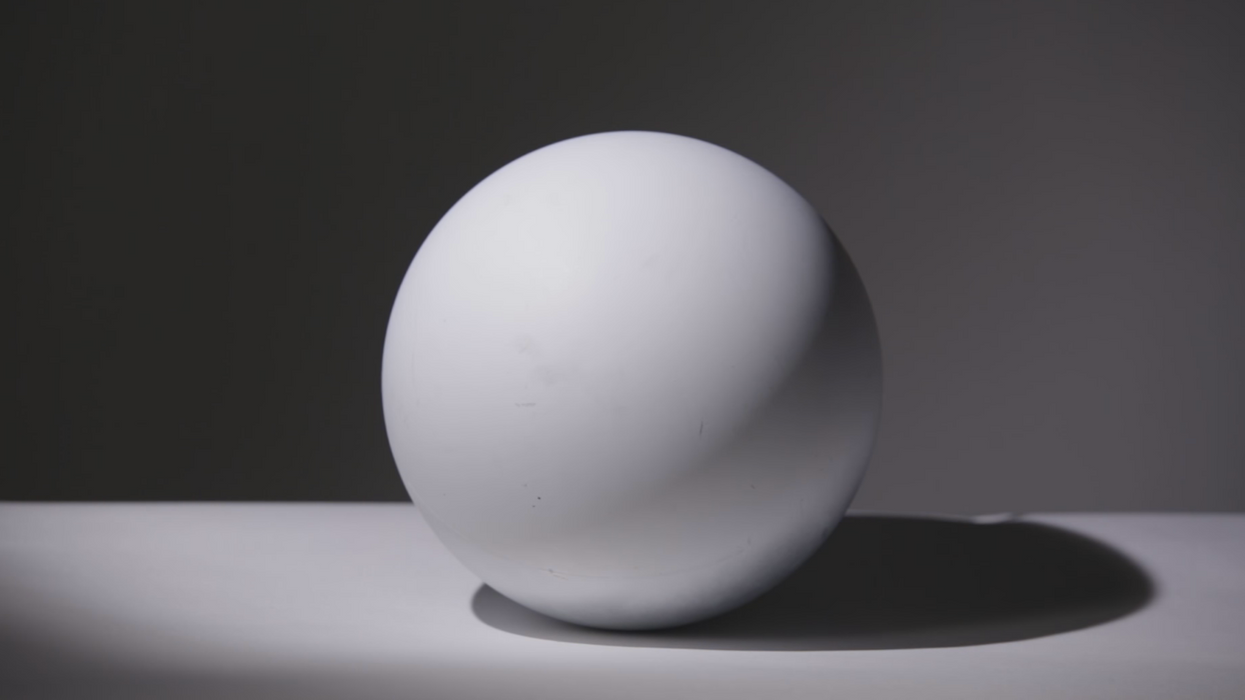Watch: 5 Key Lighting Principles You Should Know About
"The camera is not your tool. It's the object that simply records the light that you place in front of it."

There are countless mediums that artists use to complete their work, from paint to marble to wood to urinals (thanks, Duchamp), but for us filmmakers, our medium is light. However, there are fewer filmmakers that know how to control light than there are ones that know how to use a camera, which is why this video by Jay P. Morgan of The Slanted Lens is so helpful. In it you'll learn the basic "laws of light" (particularly for lighting spheres), like light/shadow ratios, types and qualities of light, as well as how to create dimension and separation.
This video is incredibly helpful to learn basic terminology of light, like "highlight", "cast shadow", and light "quality" (which has nothing to do with the caliber or value of your light, by the way), but it's also great as a demonstration to show you how to practice lighting a subject. Now, clearly a majority of us practice our craft most when we're out in the field shooting/lighting a film project, but setting up a practice stage like Morgan did with a sphere and white background can help us focus on specific elements and behaviors of the light we're using.
When you're new and lighting a scene for a project, it might be difficult to wrap your head around what the light is doing. Sure, you might be able to shape and control it to a certain degree—using diffusers to even and soften light and flags to reduce spill—but I've found that practicing and experimenting with smaller setups can actually teach you things about how light works and what it does that at least I know I have missed while lighting scenes with hundreds of elements in them. (Basically what I'm trying to say is that it's easier to understand how light interacts with one subject than many.)
Source: The Slanted Lens










![Ethos, Pathos, Logos: 20 Effective Ways to Advertise [Infographic]](https://nofilmschool.com/media-library/ethos-pathos-logos-20-effective-ways-to-advertise-infographic.jpg?id=34064614&width=600&height=600&quality=90&coordinates=560%2C0%2C0%2C0)

